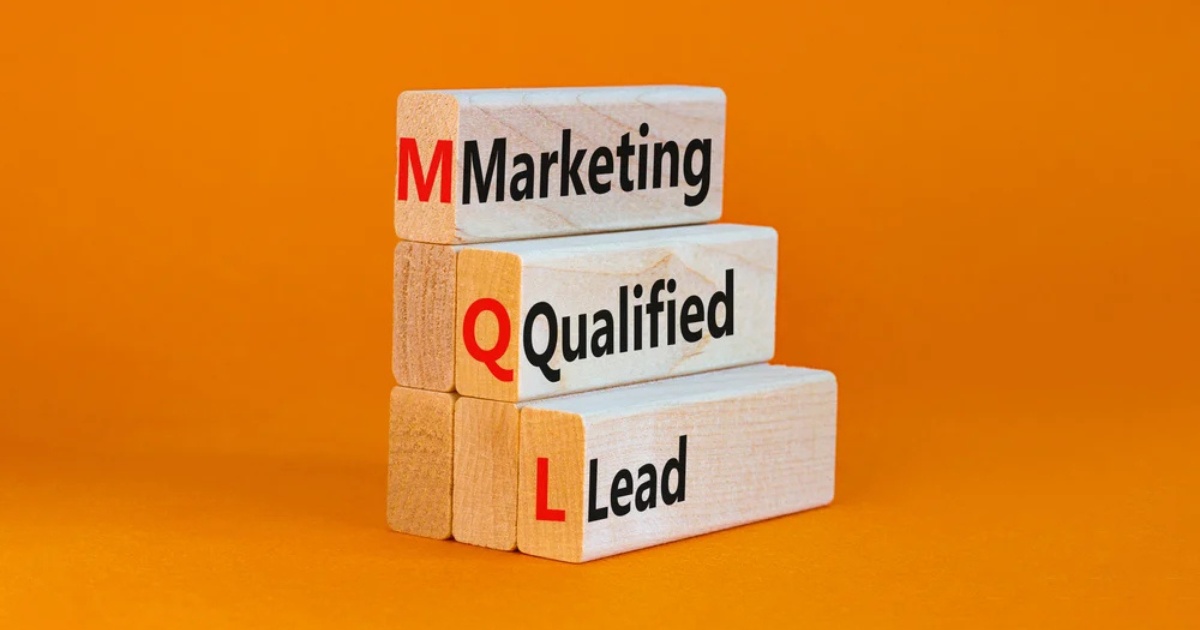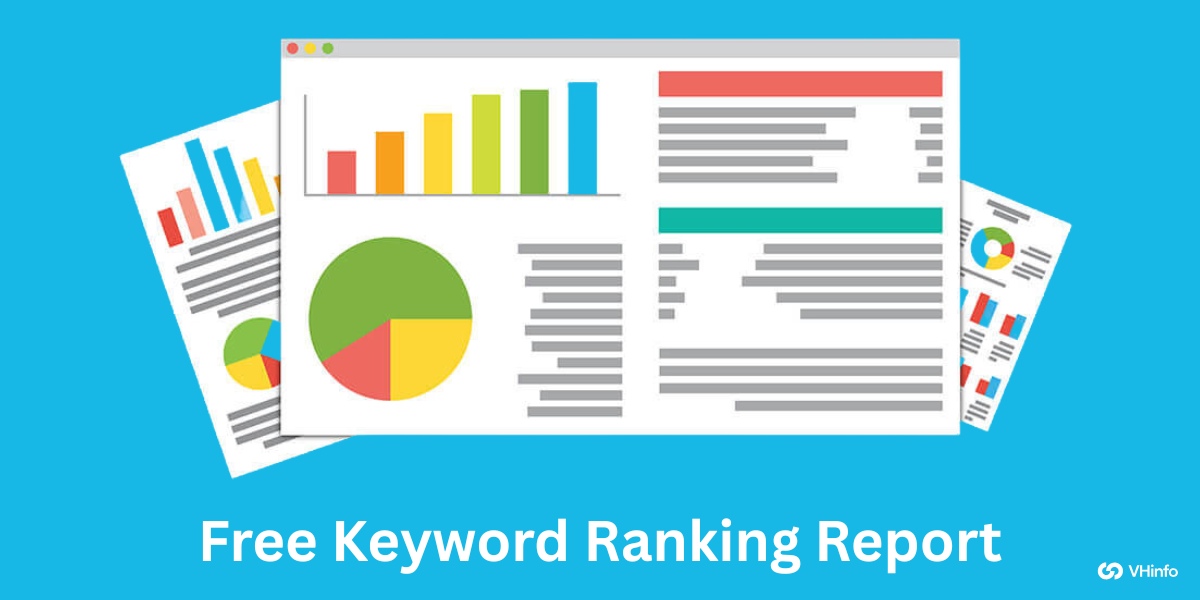Let’s face it: in the crowded world of SaaS, not every lead is worth your sales team’s time. That’s where Marketing Qualified Leads (MQLs) come in. Think of MQLs as your “hot leads”—prospects who’ve moved beyond casual interest and shown real signs they might buy.
They’ve downloaded your ebook, attended a webinar, or maybe visited your pricing page multiple times. These actions signal they’re not just browsing; they’re genuinely interested in what you’re selling.
At VH Info, we’ve helped SaaS companies like yours turn messy lead generation into a streamlined sales funnel.
By defining clear MQL criteria, you stop wasting effort on unqualified leads and focus on prospects who match your ideal customer profile, like decision-makers at mid-sized companies or teams with specific needs.
This isn’t just about boosting conversion rates; it’s about making your marketing efforts smarter and your sales process more efficient.
In this guide, we’ll break down how to spot MQLs, why they matter, and how to nurture them into paying customers.
Whether you’re tweaking your lead scoring system or aligning your marketing and sales teams, we’ve got actionable tips to help you turn interest into revenue. Let’s dive in!
What Is A Marketing Qualified Lead (MQL)?
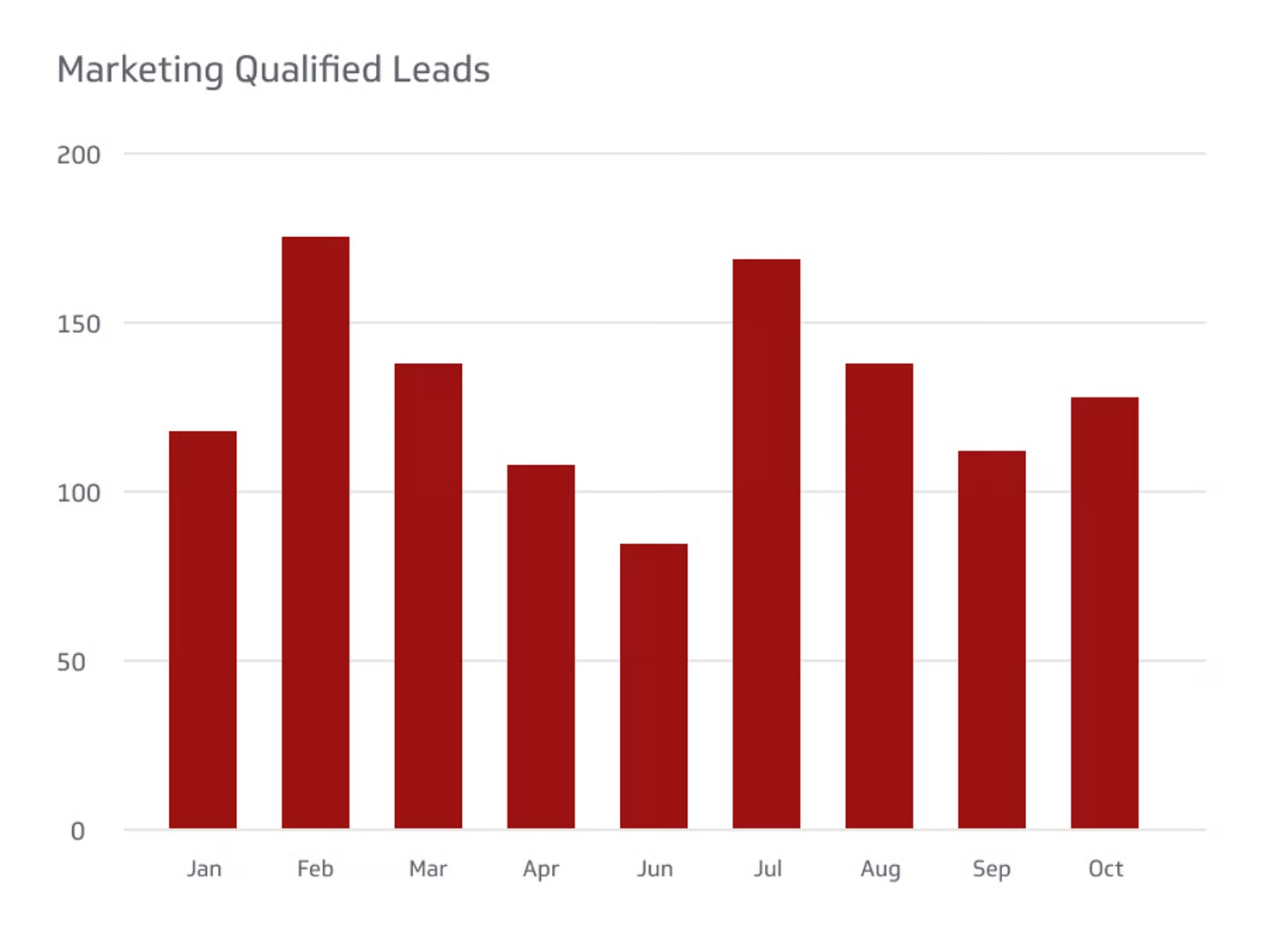
A marketing qualified lead (MQL) is a prospect who has engaged with your marketing content and exhibits behaviors indicating they’re more receptive to sales outreach than the average lead.
Unlike unqualified leads, an MQL has demonstrated a level of interest through specific actions like downloading an ebook, attending webinars, or completing a contact form.
The MQL definition varies between companies based on their specific needs, sales process, and target market. What qualifies as an MQL for a large enterprise SaaS company may differ from what works for a startup.
However, the core concept remains consistent: these are leads that your marketing team has vetted and deemed worthy of further nurturing before they’re ready for direct sales conversation.
MQL leads aren’t necessarily ready to buy immediately—they’re positioned somewhere in the middle of your funnel, showing potential but requiring additional touchpoints before they convert to sales qualified leads (SQLs).
Why MQLs Matter In Marketing?
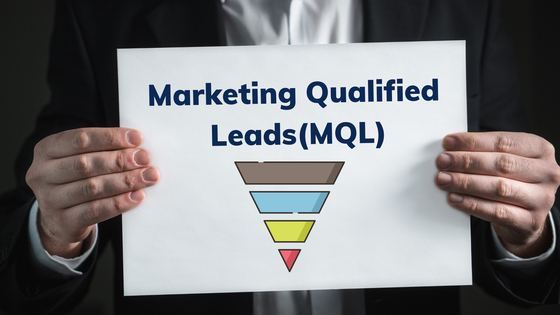
MQLs serve as an important bridge between your marketing efforts and sales outcomes. They help your team focus resources on the most promising leads rather than wasting time on prospects who aren’t likely to convert.
Properly identified MQLs lead to:
- Higher conversion rates as your sales team engages with pre-qualified prospects
- Improved sales pipeline quality with fewer dead-end leads
- Better alignment between marketing and sales departments
- More accurate sales forecasts and resource planning
- Increased ROI on your marketing strategies and campaigns
For SaaS companies specifically, MQLs help prioritize prospects who fit your ideal customer profile (ICP) and show genuine interest in your solutions. This targeted approach is especially valuable when marketing complex products with longer sales cycles.
Characteristics Of An MQL
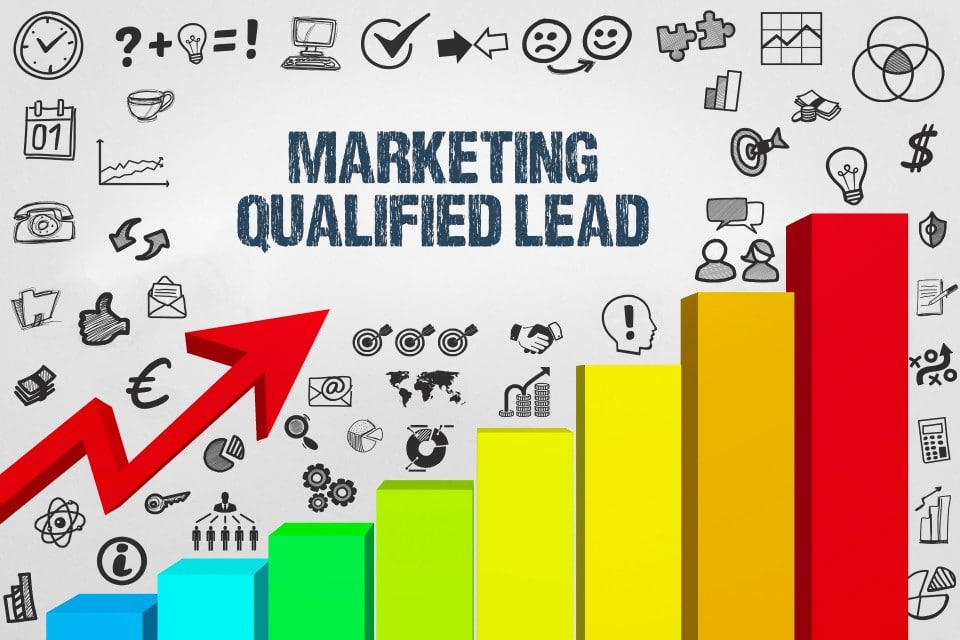
What separates an MQL from other types of leads?
While exact MQL criteria vary by organization, several common characteristics help identify these valuable prospects:
- Demographic Fit: They match your buyer personas in terms of job title, company size, industry, and other relevant data points.
- Engagement Level: They’ve interacted meaningfully with your marketing content through multiple email opens, website visits, or social media engagement.
- Behavioral Signals: They’ve taken specific actions that indicate interest, such as requesting product comparisons, viewing pricing pages, or downloading middle-of-funnel content.
- Lead Score Threshold: They’ve accumulated enough points in your lead scoring system to qualify for MQL status.
- Timing Indicators: They’ve shown recent or increased activity, suggesting current interest rather than passive browsing.
These qualifications help separate casual visitors from serious prospects worth your marketing and sales efforts.
10 Steps To Define Marketing Qualified Leads

- Understand Your Ideal Customer Profile (ICP): Start by clearly defining who your best customers are. Analyze your existing client base to identify common attributes like company size, industry, budget range, and specific needs. Your ICP forms the foundation of your MQL criteria, ensuring you target leads with the highest potential value.
- Collaborate With Sales Teams: Effective MQL definition requires input from both marketing and sales departments. Establish a shared definition of what makes a qualified lead by gathering feedback from sales reps about which lead characteristics correlate with successful closes. This collaboration improves the quality of handoff between teams.
- Identify Key Engagement Metrics: Determine which actions truly indicate buying intent. Track metrics like time spent on product pages, number of site visits, content downloads, and email engagement. Not all interactions carry equal weight—focus on behaviors that historically lead to sales conversations.
- Establish A Lead Scoring System: Implement a point-based scoring system where leads earn points for different activities and attributes. For example, downloading an ebook might be worth 5 points, requesting a demo might be worth 20 points, and having a job title of “Director” might add 15 points. Set a threshold score that qualifies a lead as an MQL.
- Define Explicit and Implicit Criteria: Explicit criteria include information directly provided by leads (job title, company size, budget). Implicit criteria cover observed behaviors (website visits, content engagement). Combining both types creates a more robust qualification framework.
- Regularly Review and Adjust Criteria: MQL criteria shouldn’t remain static. Schedule quarterly reviews to analyze which MQLs are converting to customers and adjust your qualification standards accordingly. This ongoing refinement improves lead quality over time.
- Implement Lead Nurturing Strategies: Develop specific content journeys for different MQL segments. Not all MQLs are ready for sales outreach—some need additional nurturing through targeted content marketing that addresses their specific position in the funnel.
- Establish Clear Lead Scoring Criteria: Beyond basic scoring, define clear rules for when leads are downgraded or upgraded. For instance, inactive MQLs might revert to regular lead status after 30 days without engagement, while increased activity might accelerate their path to SQL.
- Implement Automation For Efficiency: Use marketing automation tools and CRM software to track lead behaviors and automatically adjust scores. This reduces manual work and ensures consistent application of your MQL criteria across all prospects.
- Regularly Refine Criteria Through Analysis: Track which MQLs convert to customers and analyze their common characteristics. Use this data to continuously refine your definition of a good fit, improving the precision of your qualification process.
How To Identify Marketing Qualified Leads?

Identifying MQLs requires a systematic approach combining technology and human judgment:
- Set Up Lead Tracking Tools: Implement analytics that monitor prospect interactions across your website, email campaigns, and social media channels.
- Create Lead Scoring Matrices: Assign point values to different actions and attributes based on their correlation with sales success.
- Monitor Engagement Patterns: Look for trends like multiple website visits, engagement with bottom of the funnel content, or viewing product comparisons.
- Track Form Submissions: Pay special attention to prospects who complete contact forms, request demos, or download gated content.
- Analyze Email Interactions: Monitor open rates, click-through rates, and responses to outreach emails.
- Consider Time Factors: Recent engagement often indicates higher interest than actions taken months ago.
- Implement Progressive Profiling: Gather additional information over time to build a more complete picture of each lead.
Using a combination of these approaches helps separate hot leads worthy of sales attention from those that need more nurturing before they’re ready for direct outreach.
MQL Vs. SQL Vs. PQL
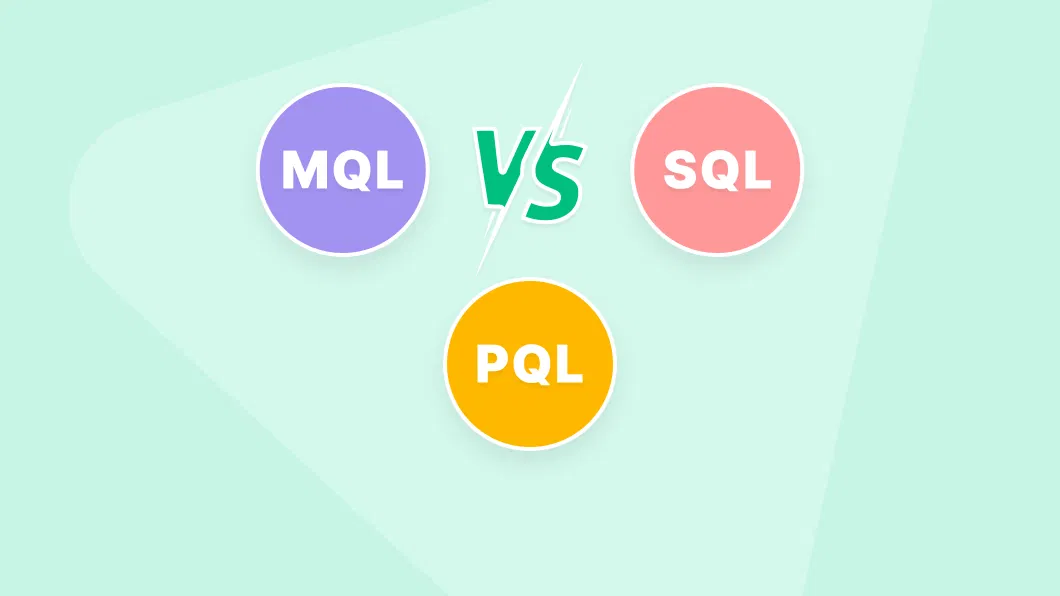
MQL (Marketing Qualified Lead)
As we’ve established, an MQL is a lead vetted by the marketing team that meets predefined criteria indicating potential interest.
MQLs typically require further nurturing before they’re ready for direct sales engagement. They sit in the middle of your funnel—interested but not yet ready to buy.
SQL (Sales Qualified Lead)
A sales qualified lead (SQL) has progressed beyond the MQL stage and shown clear buying intent. SQLs have been accepted by the sales team as ready for direct outreach and personalized attention.
They typically have:
- Budget authority
- Clear timeline for purchase
- Expressed direct interest in your solution
- Engaged in sales conversations or requested demos
The transition from MQL to SQL represents a critical handoff point between marketing and sales departments.
PQL (Product Qualified Lead)
A product qualified lead (PQL) is specific to companies offering free trials or freemium models.
PQLs have experienced your product firsthand and demonstrated value through usage patterns. They’ve moved beyond theoretical interest (MQL) and shown practical engagement with your solution.
PQLs often convert at higher rates than other lead types because they’ve already experienced your product’s benefits directly.
Strategies For Converting MQLs

Converting MQLs into SQLs and eventually customers requires strategic approaches:
- Targeted Content Delivery: Provide MQLs with content that addresses their specific pain points and position in the buying journey.
- Personalized Email Sequences: Create automated but personalized email campaigns that nurture MQLs with relevant information.
- Retargeting Campaigns: Use digital advertising to keep your solution top-of-mind for MQLs across different platforms.
- Educational Webinars: Offer deeper insights through live or recorded webinars focused on solving specific problems.
- Case Studies and Social Proof: Share success stories from similar companies to build confidence in your solution.
- Limited-Time Offers: Create appropriate urgency with special pricing or bonus features for decisions made within a specific timeframe.
Direct outreach at the right moment: Time sales contact precisely when engagement metrics indicate peak interest.
How Do You Calculate An MQL?

Calculating MQL performance involves several key metrics:
MQL Conversion Rate: The percentage of leads that qualify as MQLs.
- Formula: (Number of MQLs / Total number of leads) × 100
MQL to SQL Conversion Rate: The percentage of MQLs that convert to SQLs.
- Formula: (Number of SQLs / Number of MQLs) × 100
Cost Per MQL: The marketing spend required to generate each MQL.
- Formula: Total marketing spend / Number of MQLs generated
MQL Velocity: The average time it takes for a lead to reach MQL status.
- Formula: Sum of (MQL date – Lead creation date) / Total number of MQLs
MQL Quality Score: A composite metric that factors in conversion rates, sales cycle length, and average deal size.
These calculations help measure the effectiveness of your marketing efforts and provide data points for ongoing optimization of your qualification criteria.
FAQ’s:
What Criteria Define An MQL In Today’s Digital Landscape?
Modern MQL criteria typically include engagement with key content pieces, specific behavioral patterns on your website, demographic alignment with your ICP, and reaching a predetermined score in your lead scoring system.
Digital indicators like social media engagement and email interaction rates have become increasingly important metrics.
Why Are MQLs Important For A Sales and Marketing Team?
MQLs serve as an important filtering mechanism that ensures sales teams focus on the most promising opportunities. They help marketing teams demonstrate ROI by connecting marketing activities to sales pipeline growth.
The MQL framework creates alignment between departments and establishes a shared language for lead quality.
How Do You Qualify Leads To Become MQLs?
Lead qualification typically involves a combination of demographic fit (matching your ideal customer profile), behavioral signals (engagement with your content and website), and explicit interest (requesting information or downloads).
Most companies use a lead scoring system that assigns point values to different actions and attributes.
How Can Businesses Effectively Nurture MQLs Into Becoming Customers?
Effective MQL nurturing requires personalized content delivery based on the lead’s specific interests and challenges.
Email marketing sequences, targeted webinars, case studies, and periodic direct outreach all play important roles. The key is providing relevant information that moves the prospect closer to a buying decision.
What Role Does Marketing Automation Play In Managing MQLs?
Marketing automation tools track lead behaviors, manage lead scoring, trigger appropriate follow-up actions, and provide insights on engagement patterns.
They enable scalable management of the MQL process without requiring manual intervention for every lead action, while ensuring consistent application of your qualification criteria.
How Can Tracking MQL Conversion Rates Help Improve Overall Sales Performance?
MQL conversion metrics provide visibility into which marketing efforts generate the highest-quality leads.
Analyzing the MQLs that convert to customers most effectively allows you to enhance your targeting, content strategy, and qualification criteria. This ongoing refinement not only boosts efficiency but also lowers the cost per acquisition.
Conclusion
Understanding MQL meaning and implementing effective qualification processes transforms how SaaS companies approach lead generation and management.
Clearly defining what makes a marketing qualified lead enhances efficiency in your sales funnel and strengthens the alignment between marketing and sales teams.
At VH Info, we’ve seen how strategic MQL identification and nurturing directly impacts link building success for SaaS companies.
The structured approach outlined in this guide provides a starting point for developing your own MQL framework tailored to your specific business needs.
Remember that MQL criteria should evolve as your business grows and market conditions change. Regular analysis of which leads convert to customers will help you continuously refine your qualification process, improving both marketing ROI and sales outcomes.
For more insights on how effective lead qualification can enhance your SaaS link building strategy, connect with our team at VH Info. We specialize in helping SaaS companies implement conversion-focused approaches that drive measurable business growth.
